While a reversible "Type-A" USB connector may not meet the specifications of a certified USB cable, Apple has nevertheless shown interest in building one, a newly published patent application reveals.
The concept is detailed in a filing made with the U.S. Patent and Trademark Office that was published on Thursday and discovered by AppleInsider. Entitled "Reversible USB Connector with Compliant Member to Spread Stress and Increase Contact Normal Force," it describes a standard-size USB "Type-A" male plug that could be inserted in either direction.
The filing is noteworthy because it comes as a number of new Lightning cables have appeared online, showing a reversible USB connector. This has sparked hopes that Apple might be planning to release such an accessory.
However, such cables would not be complaint with the official USB specifications — Â a move that might give Apple pause. And considering that reversible, non-sanctioned USB plugs have been around for years, it's possible that the leaked Lightning cables appearing online were made by third-party manufacturers and not Apple.
Still, Apple has clearly shown internal interest in simplifying USB cables, as evidenced by the new patent application. The filing describes a USB Type-A plug that is "180-degree symmetrical" with a "double orientation design."
Apple notes that existing USB plug connectors include an insertion opening with features that prevent it from being plugged into a port the wrong way. But it states that it can be difficult for users to determine the correct orientation, even with appropriate markings indicating which side should be facing upward.
"Users may incorrectly insert a plug connector into a corresponding receptacle connector, which may potentially result in damage to the connectors and/or user frustration," the filing states.
Apple says its own design could "reduce the potential for USB connector damage and user frustration" by allowing a cable to be plugged into a socket in either of two orientations. The concept also states that Apple could include structural support that would distribute stress, ensuring durability of the cable.
Reversibility was one of the key design decisions behind Apple's proprietary Lightning connection, which debuted in 2012 on the iPhone 5. It replaced the company's 30-pin connection design, which, like sanctioned USB Type-A, could only be plugged into a socket in one direction.
Photo via Sonny Dickson.The USB Compliance Committee does have a new forthcoming connector — USB Type-C — that will be reversible. But the new, smaller connector features an entirely new form factor, and is not the standard Type-A connector shown in Apple's patent application or the recent cable leaks.
The specifications for USB Type-C do not specify which type of plug must be on each end of a cable. That means that authorized Type-C to Type-C cables, or even Type-C to Lightning connectors, could become a reality, setting the stage for the USB Type-A plug to begin to fade away.
Apple's reversible Type-A USB connector patent, made public on Thursday, was first filed with the USPTO in February of this year. The proposed invention is credited to Warren Z. Jones, Eric T. Soohoo, Albert J. Golko, and Stephen Brian Lynch.
 Neil Hughes
Neil Hughes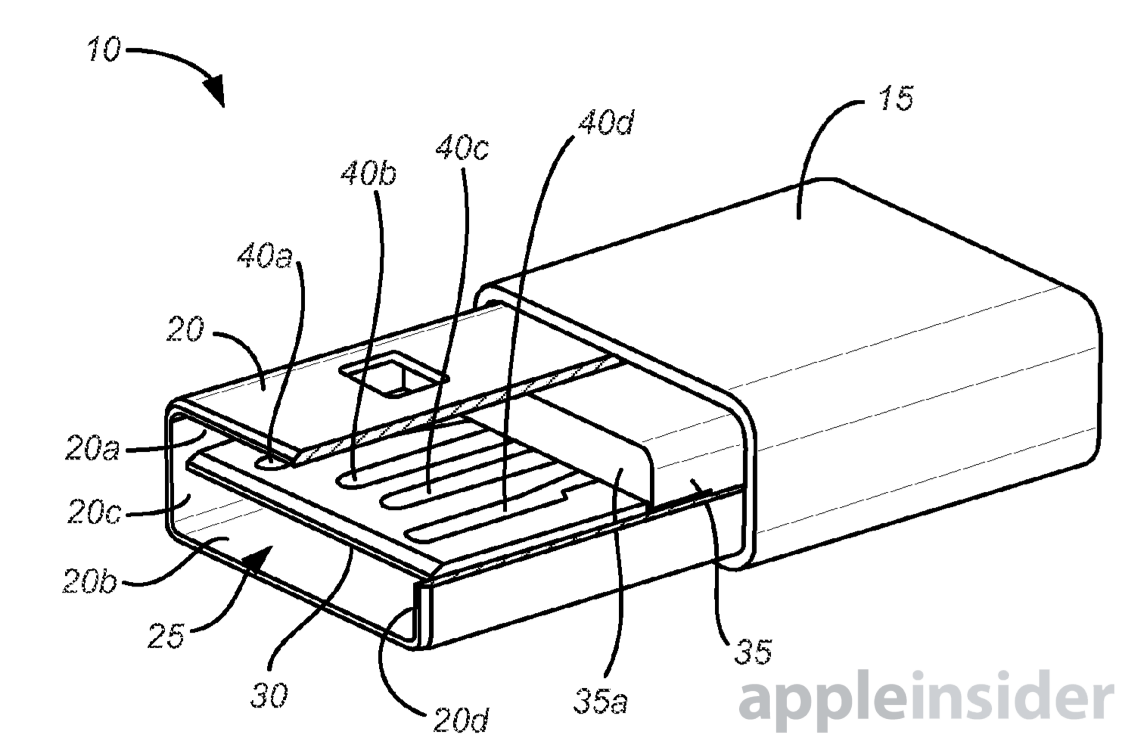
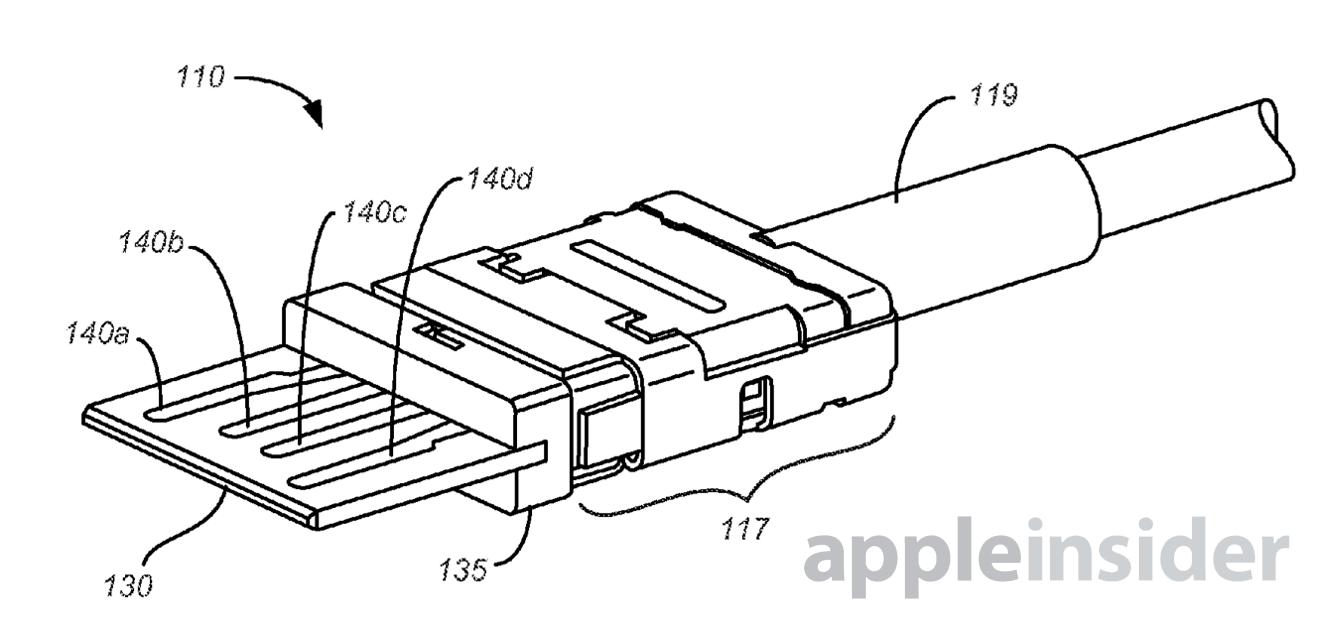


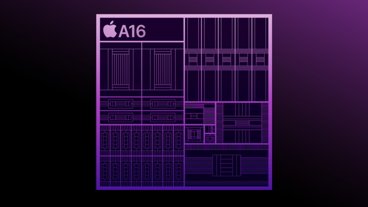
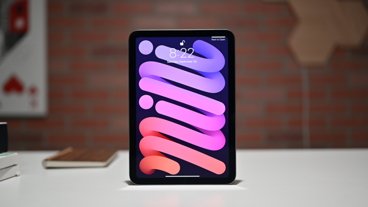



-m.jpg)






 Andrew Orr
Andrew Orr
 William Gallagher and Mike Wuerthele
William Gallagher and Mike Wuerthele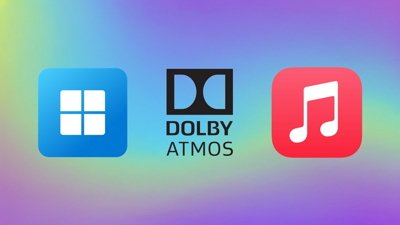
 Amber Neely
Amber Neely
 Mike Wuerthele
Mike Wuerthele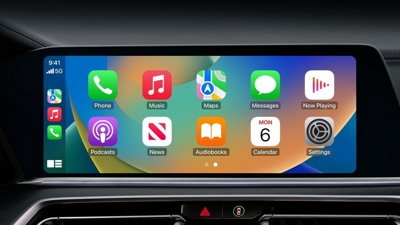
 William Gallagher
William Gallagher
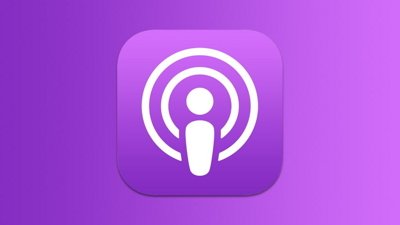

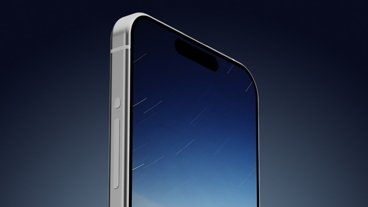
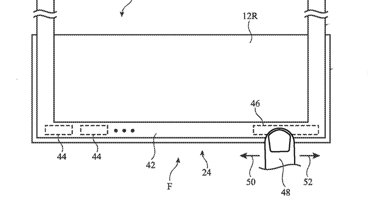








41 Comments
If Type-C takes off, the lifespan for a reversible A might be short, a few years?
Come to think of it, the only times I've had confusion or issues plugging in USB A connectors have been using non-Apple cables on PCs. Cables do have a mark indicating "up" but on PCs, especially ones where USB ports don't face "up" because the PC is on its side, quite a lot of trial and error is required. Especially ports on the back. And I've owned PCs with front ports that were upside down. MacBooks have an obvious "face up" with respect to the orientation of the laptop (plug in cables logo side up). What's always annoyed me was the existence of Type B (for my printers), Mini-A (For PS3 controller and PSP), Mini-B, Micro-A, and Micro-B (for my Kindle and iPad keyboard). Consumers had to be pretty savvy to shop for cables, and the Micro A and B ends look very similar.
I once managed to plug a USB cable into an eSATA port. I do not recommend this.
I've mistakenly plugged the other (male?) end into my printer's Ethernet port more than once. Almost makes you wish than all sockets were on the front (and well illuminated).
Figures 18 and 19 in the patent are interesting, because they show structures at the base of the "tongue" in the middle of the connector that let it deflect all the way to the top or bottom of the housing, as needed. And they do this spreading the stress appropriately, so the connector can last a long time. The only drawback that I see is that it's confusing to have some USB connectors that you need to carefully orient, and some that look pretty much the same that you don't.